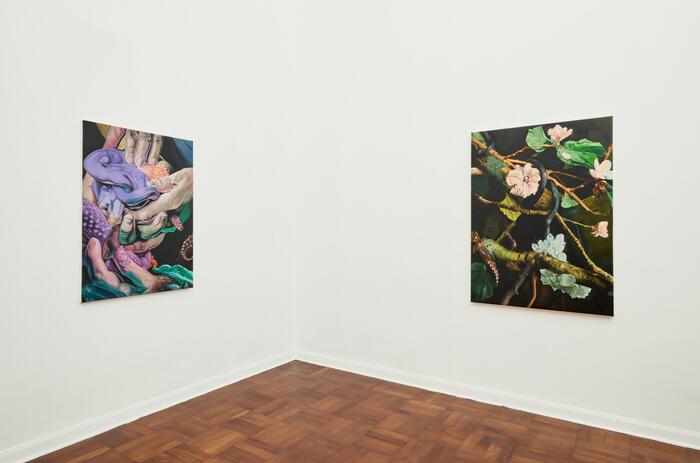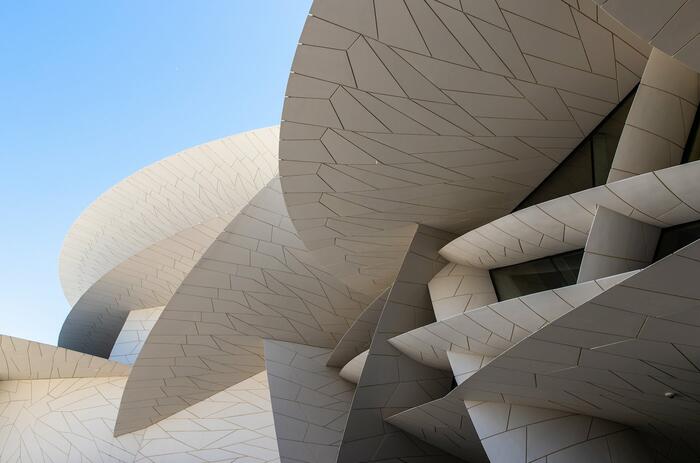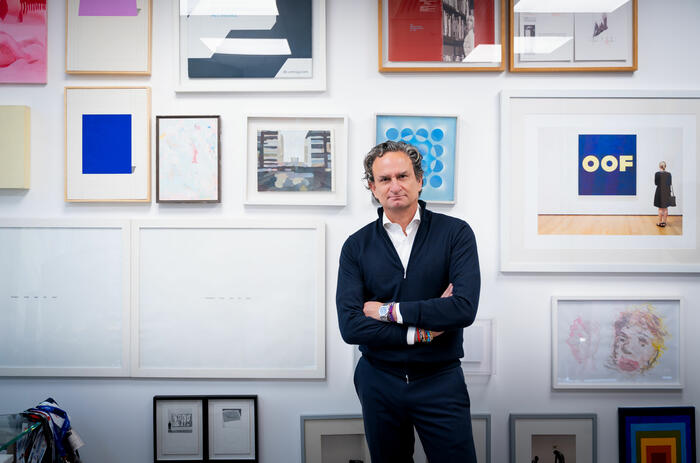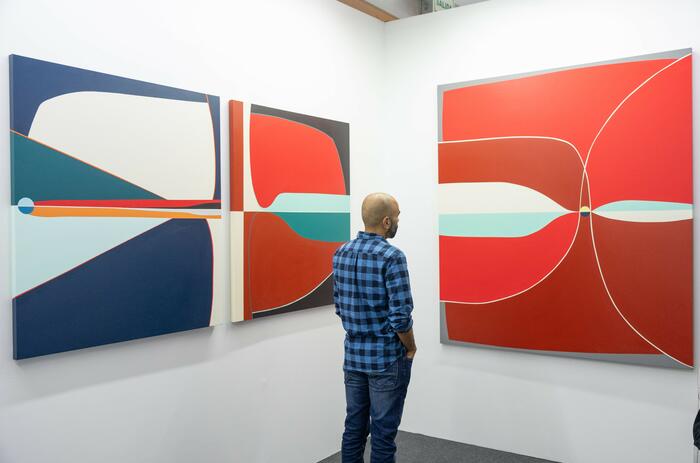THE ENERGETICALLY CHARGED EXHIBITION OF NEW YORK
SculptureCenter presents Luana Vitra: Amulets, the first institutional exhibition in the United States of the Brazilian artist, which invites visitors to look beyond materiality and imagine another dimension to which the works belong.

Luana Vitra’s practice is deeply intertwined with her home region of Minas Gerais, Brazil. The mineral-rich state is known for its historical export of gold through forced labour and for its current prominence in the extractive iron mining industry.
Through an abstract language that encompasses drawing, painting, performance, sculpture, and installation, her work is interested in the metallurgical and transformative charge of minerals and their capacity for metamorphosis, often creating a dialogue between the natural and industrial manifestations of materials.
For her SculptureCenter commission, Luana Vitra: Amulets, Vitra temporarily makes visible the threshold between the physical and spiritual presence of minerals through an energetically directed environment, presenting minerals as ritual manifestation. They take shape in a new set of sculptures that include tall iron totems wrapped in white fabric and detailed with amarrações: knots that symbolise the act of sealing the gesture of intention at the moment of invoking a spell, or as a way of enclosing it within.
Amulets reinforces Vitra’s dedication to an aesthetic rooted in the spiritual. She invites visitors to look beyond sculptures’ material properties of sculpture and its circulation as commodities within a capitalist economy, and to envision another dimension to which they belong. The mineral forms she conjures–often emerging first in dreams–become visual prayers, spiritual manifestation, or incantations.
Amulets will be on display since May 1st until July 28, 2025, at SculptureCenter located at 44-19 Purves Street, Long Island City, NY 11101 (United States).
*Cover image: Luana Vitra. Courtesy of the artist and Mitre Galeria, Minas Gerais and São Paulo, 2025. Photo: Léo Mitre








